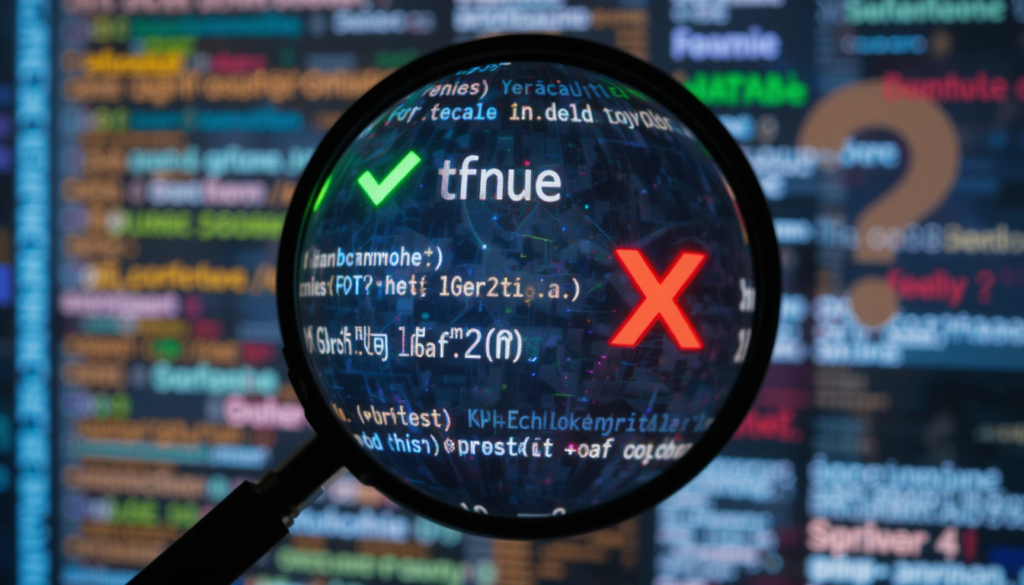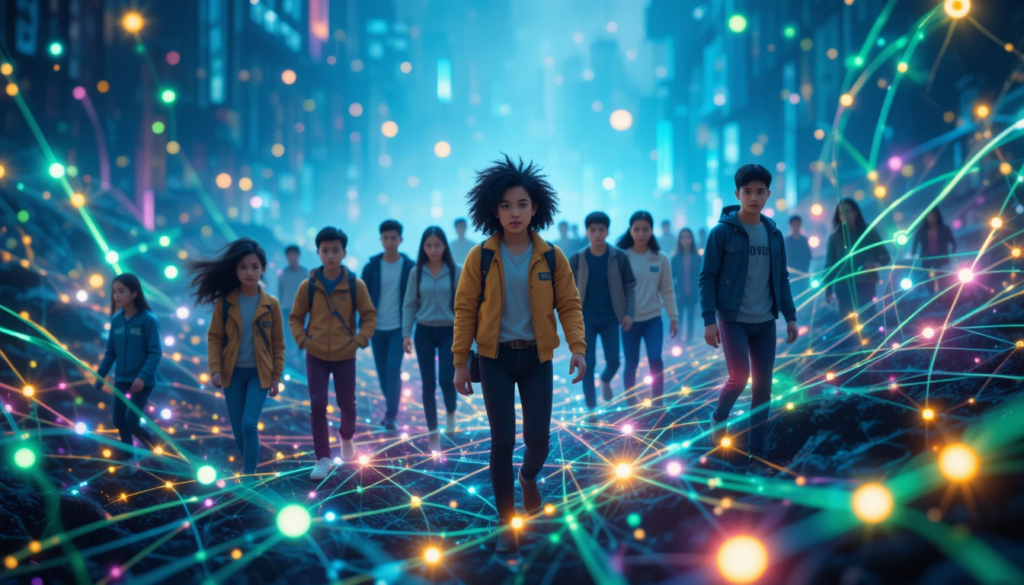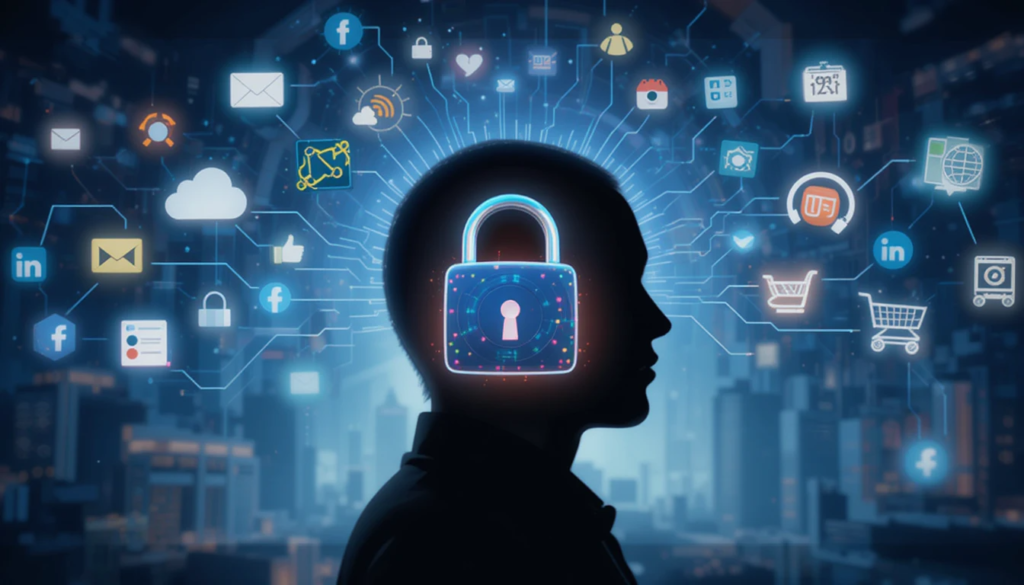Okay, digital literacy skills are legit a must for any student, and I’m learning that the hard way, sprawled out in my tiny Philly apartment. I’m typing this with my cat, Pickles, batting at my charger cord, surrounded by empty Monster cans and a laptop that’s wheezing like it’s got allergies. It’s September 2025, and I’m tryna master tech skills while my Wi-Fi drops every five minutes. I’ve had some epic fails—like sending my prof a meme instead of my homework—but I’ve also picked up some digital know-how that’s saving my grades. Here’s my sloppy, human take on the digital literacy skills every student needs, typos and chaos included. Hope this helps, ‘cause I’m barely holding it together.
Why Digital Literacy Skills Are My Lifeline (Even If I Suck at Them)
Real talk: I thought I was tech-savvy ‘cause I could post fire Instagram stories, but nah, digital literacy skills are a whole different game. I’m taking an online course on Coursera, and I learned quick that knowing how to emoji doesn’t cut it. From coding to not falling for fake news on X, these skills keep you from looking like a total rookie. My apartment smells like burnt popcorn from my microwave fail, but I’m grinding through tech lessons anyway. Digital literacy skills are clutch, even if I’m still a hot mess.
- Pro tip #1: Check Common Sense Education for free digital literacy tips. Saved me from some dumb moves.
- Pro tip #2: Save your work, like, everywhere. I lost a project to a crashed laptop once. Never again.
My Cringiest Digital Literacy Fail Ever
So, picture this: I’m in a Khan Academy coding course, feeling like I’m in a hacker movie. I join a Zoom to share my project, and—yep—accidentally share my screen with an X tab open to “Top 10 Ways to Organize Your Cat’s Wardrobe.” Pickles chooses that moment to yet my mouse across the desk, and I’m yelling, “PICKLES, YOU LITTLE BRAT!” while 15 people stare. I wanted to disappear. That’s my digital literacy journey—learning tech while making a fool of myself.

Must-Have Digital Literacy Skills (From My Many Screw-Ups)
Alright, let’s get to it—the digital literacy skills every student needs, based on my chaotic stumbles. I’m no tech guru, but these have kept me from totally flunking.
1. Coding Basics: I’m Not a Hacker, I Swear
Coding is like learning alien hieroglyphs, but it’s a key digital literacy skill. I started with Python on Codecademy, and it’s tough but kinda dope. I once wrote a program that crashed my laptop for a whole day—classic me—but now I can make a basic app. It’s worth the struggle, even if I still panic over error messages.
- Why it’s awesome: You feel like a wizard when your code actually works. Rare, but epic.
- My fail: Forgot to save my code and lost an hour’s work. Don’t be me.
2. Spotting Fake News: X Almost Ruined Me
I used to fall for every wild X post—like, I shared a “Moon Base Confirmed” article once. Learning to fact-check is a huge digital literacy skill. I use Snopes now to avoid looking dumb. I still get suckered by clickbait sometimes, but I’m getting better at calling out BS.
- Pro tip: Always check primary sources. Saved me from sharing a fake story about robot overlords.
Outbound Link Idea: A link to a fun, engaging resource or game that teaches computational thinking to kids, like Code.org or Scratch. Something like: https://scratch.mit.edu/

3. File Organization: My Desktop Was a Dumpster Fire
My desktop used to be chaos—files named “stuff” or “idk_final.doc.” Organizing files is a digital literacy skill I didn’t know I needed. I use folders now (mind blown), but I still lose stuff sometimes. Progress, not perfection, right?
- Why it’s clutch: Saves you from panic-Googling “where’s my essay” at midnight.
4. Online Teamwork: Zoom Is My Nemesis
Group projects online are a nightmare. I learned to use Google Docs and Discord, but I once overwrote a teammate’s work by accident—oops. Digital literacy skills like collaborating online are key, even if I’m still apologizing to my group chat.
- Pro tip: Google Workspace is free for students. Use it wisely.
My Worst Digital Literacy Fails (Don’t Do This)
I’ve bombed so hard. Sent my prof a meme of a dancing cat instead of my homework ‘cause I clicked the wrong file. Got locked out of my email ‘cause I forgot my password for the third time. Oh, and I once spent 30 minutes trying to “fix” my internet by restarting my microwave. Learn from my chaos: back up your work, write down passwords, and don’t trust your tech instincts.

Wrapping Up This Techy Trainwreck
So, yeah, digital literacy skills every student must learn? They’re a lifesaver, but I’m still a glitchy disaster. I’m spilling energy drinks, yelling at Pickles, and learning tech one fumble at a time. If a mess like me can improve, you got this. Hit up Codecademy or Khan Academy, pick one skill, and jump in. Got a tech hack I missed? DM me on X—I’m @TechFail420 and I’m nosy as hell.




